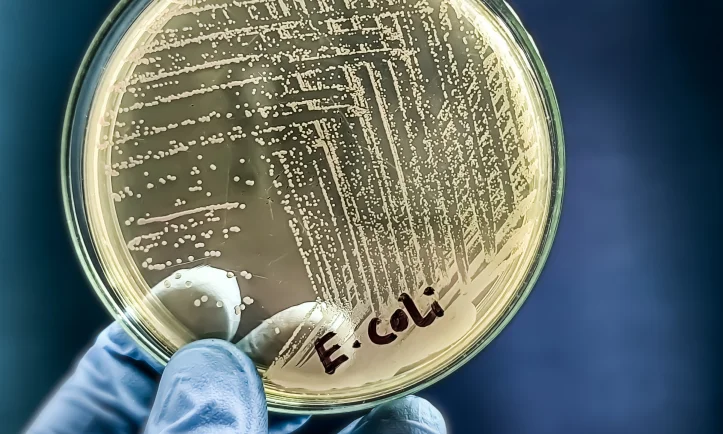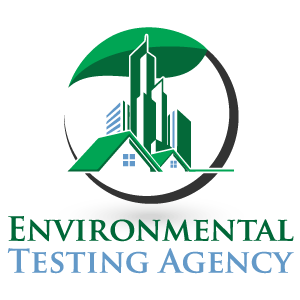Frequently Asked Questions (FAQs)
It can come from both natural and human-made sources like animal waste runoff, septic leaks, or flooding that spreads fecal matter into water supplies.
Zero. According to the EPA and WHO, no E. coli should be present in any drinking water.
You can’t detect E. coli with your senses. Only lab tests or certified home kits can confirm its presence.
Yes. Boiling is one of the simplest and most effective ways to kill E. coli bacteria.
Reverse osmosis systems and UV purifiers are highly effective. Look for systems certified to remove bacteria.
Yes. Some strains can cause severe diarrhea, kidney failure, or long-term health complications, especially in children and the elderly.
Yes. Their immune systems may not handle the infection as effectively, leading to more serious outcomes.
Not usually, but it can happen if the bottling process is contaminated or if bottles are stored improperly.
Private wells should be tested at least once a year or after floods or system repairs. Public water systems are tested regularly by authorities.
Yes. Cracks, leaks, or cross-connections in pipes can allow contaminated water to enter your plumbing system.
Conclusion
E. coli is a serious but preventable threat to drinking water safety. Since it’s a clear sign of fecal contamination, its presence should never be ignored. Regular water testing, proper water treatment, and staying informed about potential risks are essential steps for keeping your water safe.
If you’re concerned about E. coli or want to make sure your home water system is protected, contact a water quality specialist or testing service in your area. Taking proactive steps today can protect your health, and your peace of mind, tomorrow.


